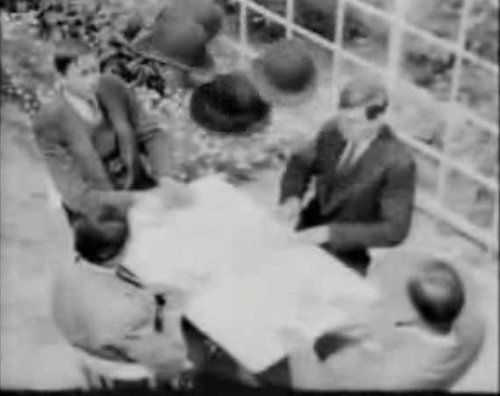April 14, 2010 permalink
Whenever Humans Design and Make a Useful Thing
Whenever humans design and make a useful thing they invariably expend a good deal of unnecessary and easily avoidable work on it which contributes nothing to its usefulness. Look, for instance, at the ceiling. It is flat. It would have been easier not to have made it flat. Its being flat does not make you any warmer or the room about you any quieter, nor yet does it make the house any cheaper; far from it. Since there is a snobbism in these things flattening a ceiling is called workmanship, or mere craftsmanship; while painting gods on it or putting knobs on it is called art or design. But all these activities: ‘workmanship,’ ‘design for appearance,’ ‘decoration,’ ‘ornament,’ ‘applied art,’ ‘embellishment,’ or what you will are part of the same pattern of behavior which all men at all times and places have followed: doing useless work on useful things. If we did not behave after this pattern our life would indeed by poor, nasty and brutish.
